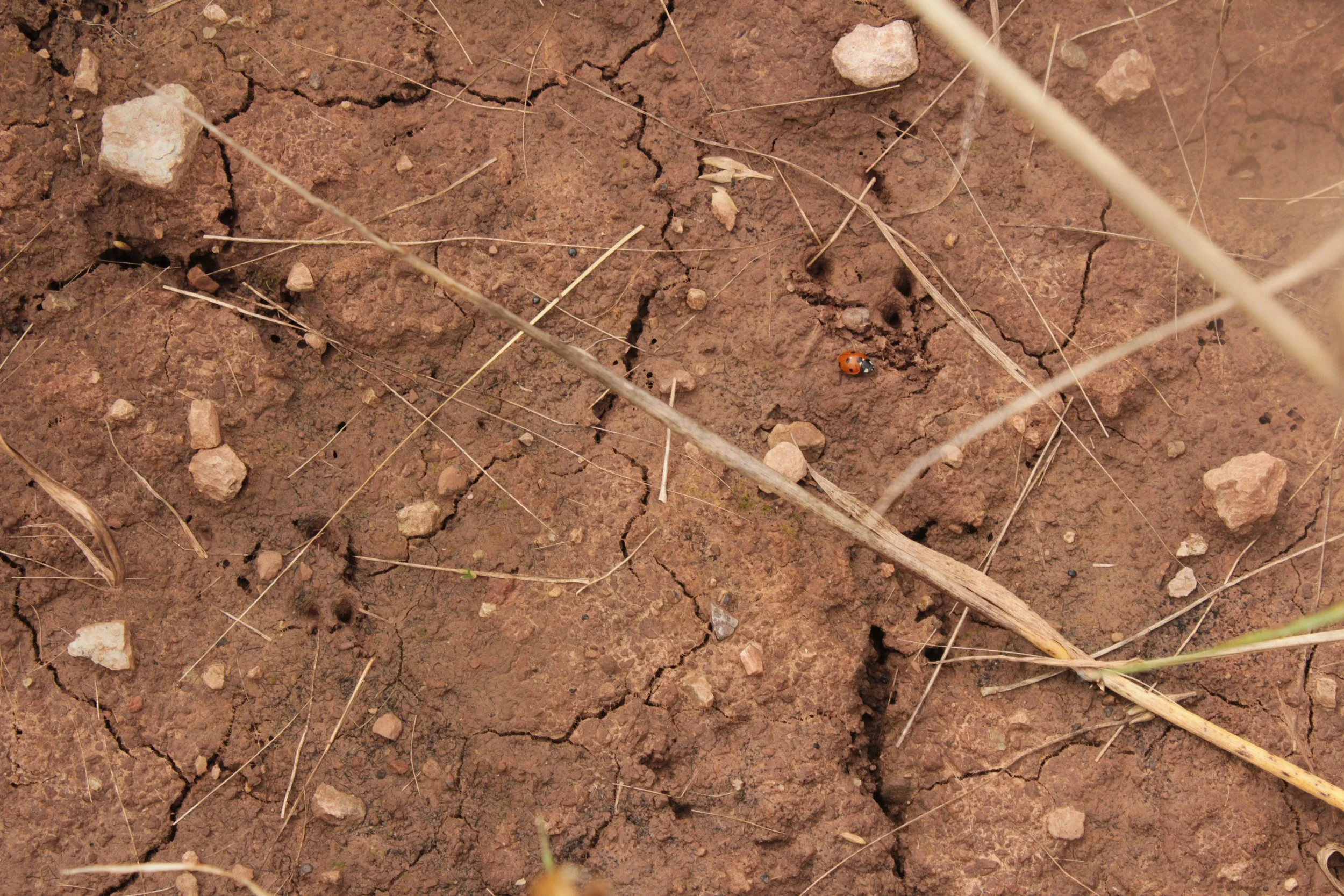Home / British mammals / American mink
American mink
Scientific name: Neovison vison
The mink has dark brown fur, appearing black when wet, and variable white patches on the chin, throat, chest, and groin. They are invasive in Great Britain and Ireland, having been introduced by escaping or being released from fur farms.
Taxonomy chart
Animalia - Chordata - Mammalia - Carnivora - Mustelidae - Neovison - N. vison
Conservation status: UK Red List
GB: N/A
England: N/A
Scotland: N/A
Wales: N/A
Global: Least Concern
Species information
Habitat: Rivers and wetland, coastal & marshland.
Description: The American mink usually has dark brown fur, looking black when wet. It has small and variable white patches on the chin, throat, chest and groin, which are more evident on a carcass. The American mink also has a short fluffy tail. It is of similar size to ferret or polecat and is much smaller than an otter.
Size: Average 37cm head & body, tail 18cm.
Weight: Kittens 100-160g at birth. Adult males 800-1,500g & females 500-800g.
Lifespan: Average 10-12 years in the wild.
Origin and distribution
Mink are found throughout Great Britain and Ireland. They are an invasive non-native species, originally brought to fur farms from North America and subsequently escaping or being misguidedly released. Mink are essentially amphibious, and are typically found along rivers and coastal areas.
Diet
Mink eat a wide range of mammals, birds and fish, typically about a third of the diet coming from each; in some areas they also eat invertebrates, such as crabs and crayfish.
General ecology
The mink’s success is in part a result of its ability to exploit a very wide range of prey, and especially to take advantage of any species that is locally or seasonally abundant. Mink are strictly territorial, with males occupying exclusive ranges of 1-6 km in length. Females have smaller territories within or overlapped by those of males. They use their scats to mark the boundaries of their territory, and the neighbourhood of their den, which is usually within 10m of the water.
Breeding
The female has just one litter a year, and young mink are born blind and hairless, in litters of 4-6, in May. They begin to take meat from 5-6 weeks, and reach adult size by the autumn. They can breed at one year old.
Conservation status
In the early years of its establishment in Britain and Ireland, mink appeared to do little serious damage, despite much concern about their potential impact. However, seabird colonies on offshore islands within the swimming range of mink have suffered severe losses of both adult and young birds. Black guillemots, which nest sparsely in scree slopes, seem to be very vulnerable. Water voles, confined to a strip of riverside habitat, have proved to be very vulnerable, and their population plummeted in the 1990s.
Serious attempts have been made to remove mink from river systems where water voles might be favoured, and from offshore islands, especially the Outer Hebrides, where ground-nesting birds should be abundant (in the absence of all the usual terrestrial predators). Effective control is based on the use of mink rafts; these have clay floors, enclosed in a tunnel, which reveal when mink are present; the clay tray can then be supplemented by a trap, and any mink caught can be shot. In the Outer Hebrides, a cage-trapping campaign has already eliminated them from North Uist.
Identification
Plain chocolate brown/black fur (black when wet) with a white chin. Variable white patches on throat, chest and groin. Fluffy tail about half the length of the body. Similar size to polecat but much smaller than Eurasian otter, as only 60cm in length. Mink swims with about half the body above the water. Face has a slightly pointed muzzle.
Field signs: Download a printable field sign guide below.
Footprints: American mink footprints can be found in sand, mud and snow alongside rivers and streams. They are five-toed and are about 3-3.5cm in width and 2.5-4cm in length.
Droppings: They often contain bones and fur and are long and twisted in shape, with tapered ends. Approximately 6-8cm long, 10mm thick. Colour: greenish, black, brown. Smell: foul, like burnt rubber and rotten meat, very unpleasant.
Download resources
Confusion species
Otter (Lutra lutra)
Mid-brown coat, lighter than mink’s dark brown coat. Otter also has paler underside which mink does not have. Long, muscular, tapering tail, whereas the mink’s tail is long cylindrical and fluffy. Otter has a broader muzzle and is larger than a domestic cat. Mink has a more pointed muzzle and is smaller than a cat.
Pine marten (Martes martes)
Pine marten is larger than polecat and the ears are larger and more conspicuous. Pine marten is dark brown with a paler cream/yellow bib down the throat and chest. Polecat has white band above the eyes and around the mouth, creating the appearance of a bandit mask, the pine marten does not have these facial markings. The pine marten has a much longer tail which is bushier than that of the polecat.
Polecat (Mustela putorius)
The polecat is a very similar size to the american mink. Polecat generally has blackish fur with creamy underfur that shows through, with a dark bandit mask over pale fur on the face. Mink is usually all dark brown besides a white patch under the chin.
Identify sounds
Heard a curious animal sound but no idea whose making it?
Wildlife identification FAQ
Still not sure what you’ve found? Head over to our FAQ for an answer.







